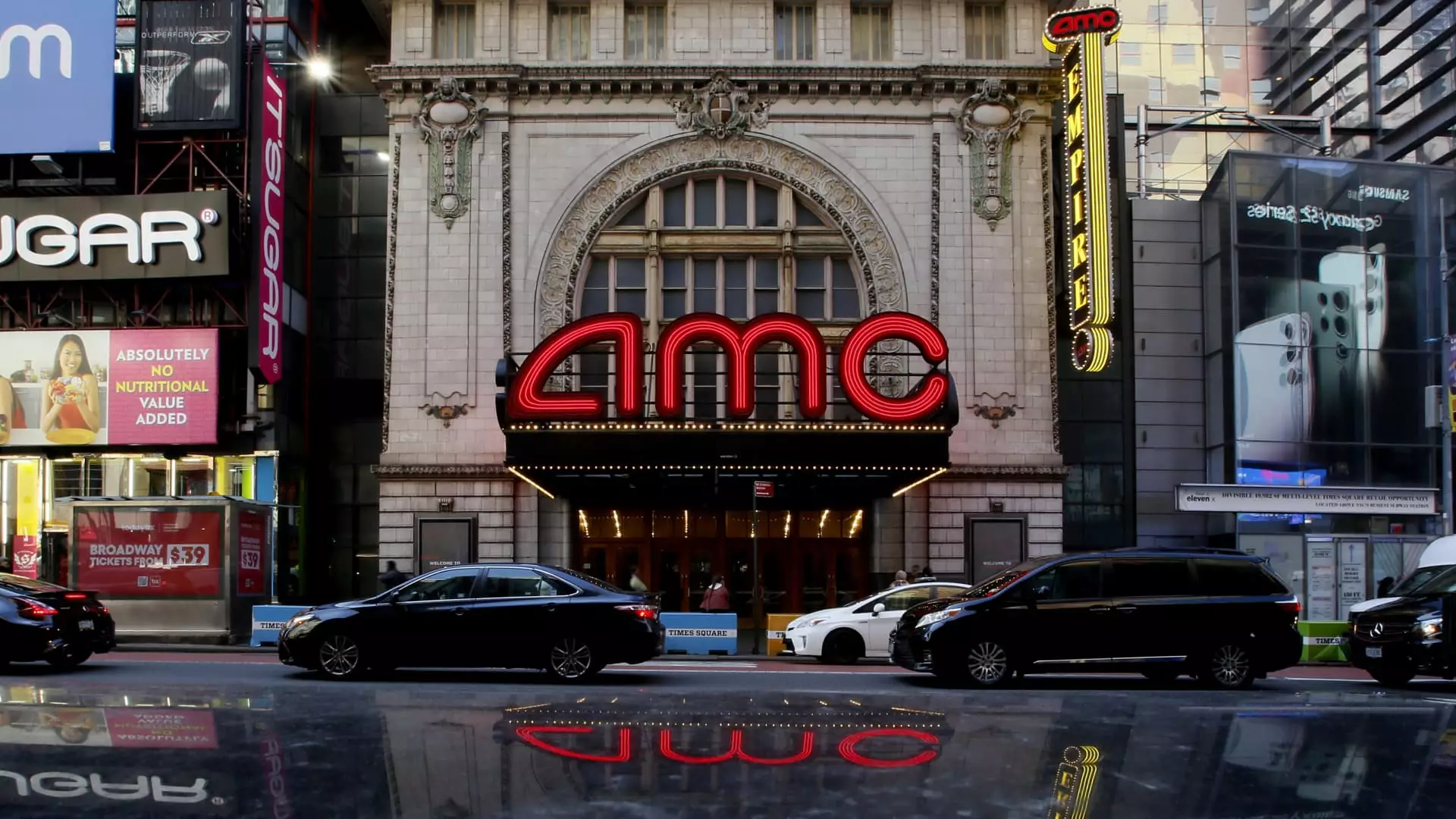The recent surge in AMC Entertainment’s stock price can be attributed to “Roaring Kitty,” also known as Keith Gill, who recently posted online for the first time in nearly three years. This resurgence in interest from retail investors has caused AMC shares to more than double since Friday’s close, reaching above $6 in afternoon trading on Tuesday. This reminiscent of the massive short squeeze of 2021 that saved the movie theater chain from bankruptcy.
CEO Adam Aron made three major acquisitions shortly after taking over the company in 2015, acquiring theater chains Carmike, Odeon, and Nordic for a total of about $3 billion. While these acquisitions expanded AMC’s theater network, they also significantly increased the company’s debt load. When the pandemic hit, AMC was already highly levered and had to take on additional debt to survive. As of the beginning of 2022, AMC has managed to pay down nearly $1 billion of its debt, but still owes around $4.6 billion. The looming debt of $2.96 billion set for collection in 2026 remains a significant concern for the company.
Interest Expenses and Operational Costs
AMC is currently facing around $100 million in interest expenses every quarter, which is impacting its potential profits. The ongoing recovery of the box office from pandemic-related shutdowns has made it challenging for AMC to cover its fixed expenses, including rent, employee payroll, and operational costs. Eric Wold, a senior analyst at B. Riley Securities, emphasized the importance of bolstering AMC’s balance sheet to navigate through these financial challenges.
In response to the recent surge in its stock price, AMC raised $250 million through a new equity capital sale that concluded on Monday. The cinema chain sold 72.5 million shares at an average price of $3.45 per share before commissions and fees. This move provides an opportunity for AMC to improve its liquidity, reduce debt, and potentially attract institutional support. Analysts, such as James Goss from Barrington Research, see this as a step towards restructuring that could benefit the company in the long run.
While the second meme stock craze has provided AMC Entertainment with a much-needed surge in its stock price, the company still faces significant challenges due to its substantial debt load. The return of retail investors’ interest in AMC presents an opportunity for the company to strengthen its balance sheet, renegotiate debt terms, and potentially secure better deals with lenders. Ultimately, AMC’s ability to capitalize on this momentum and address its financial obligations will determine its long-term success in the face of evolving market conditions.

Leave a Reply